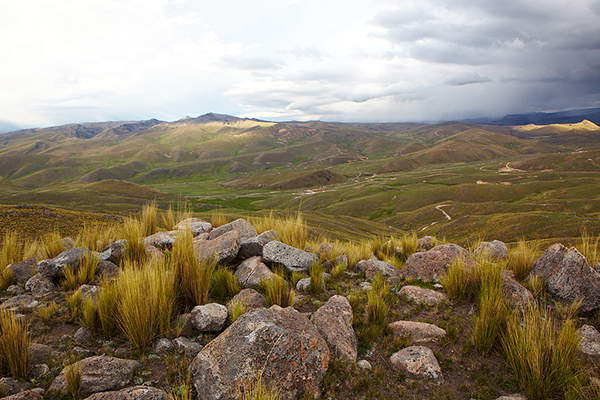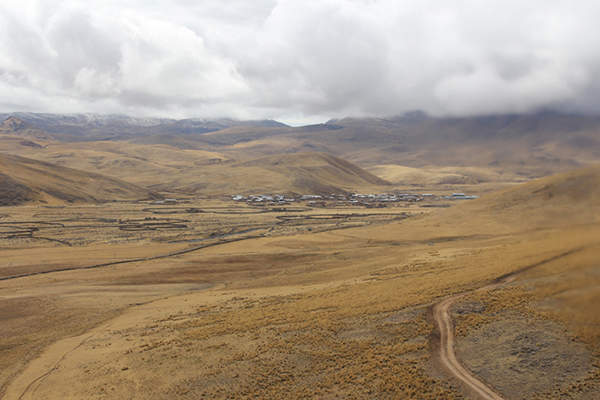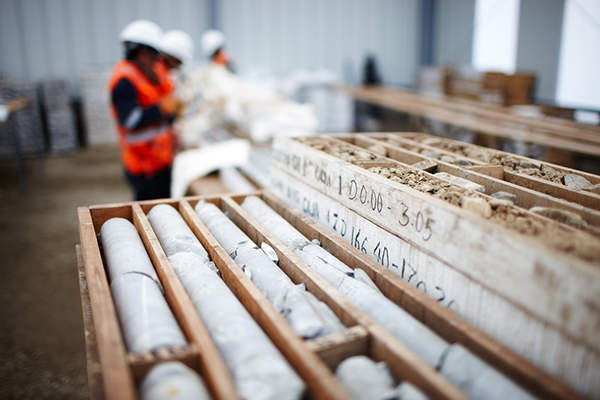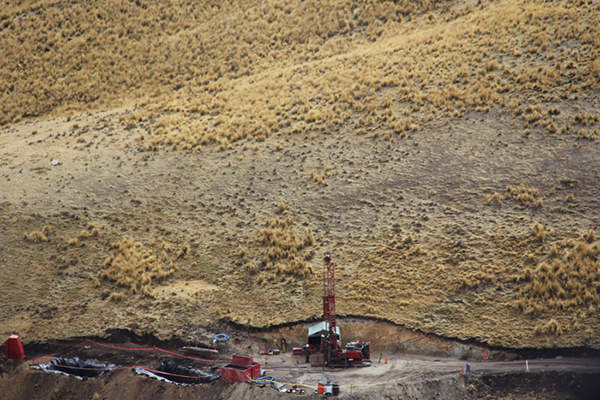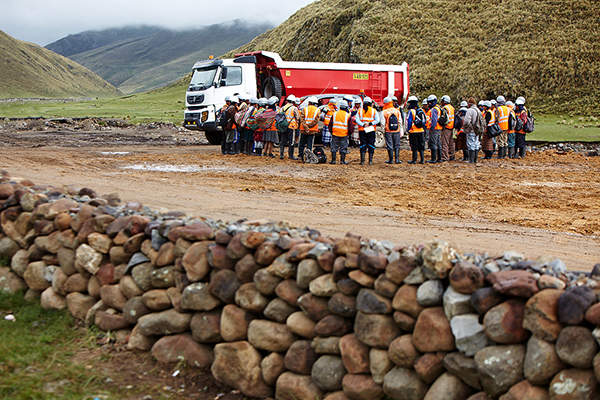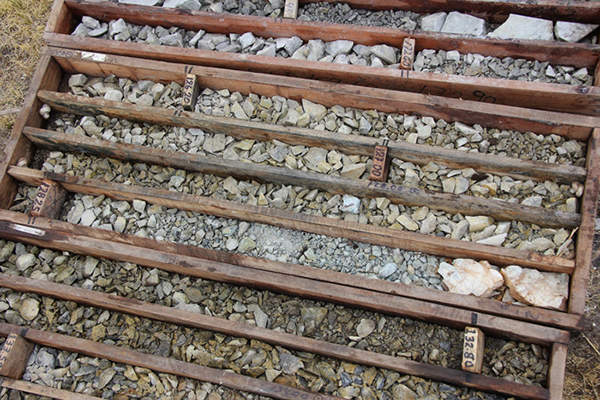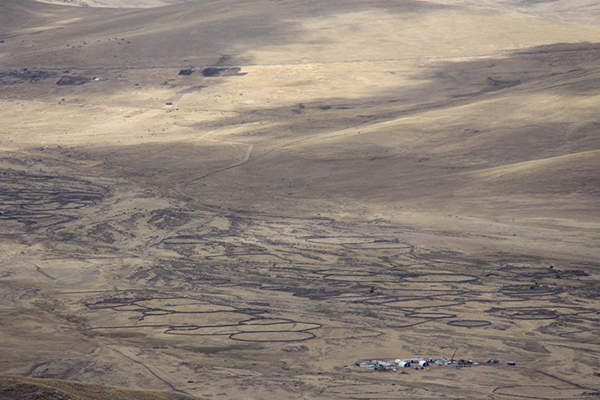Hudbay Minerals’ Constancia project is located in the Andes Mountains in southern Peru. The mine primarily contains copper, with molybdenum and silver as the secondary minerals. It is spread over an area of 22,516ha.
Acquired by Hudbay in 2011, Norsemont previously owned the mine.
Constancia is an open pit operation. It includes development of the Pampacancha and Constancia deposits. Hudbay is investing $1.7bn in the development of the project.
Initial production from Constancia was achieved in December 2014 and commercial production began in April 2015. The mine is expected to produce 118,000t annually at a cost of $0.66/lb of copper during the first five years of operation. It is expected to produce 77,000t at a cost of $1.11/lb in subsequent years. The project has a life of 22 years.
Silver Wheaton entered into an agreement with Hudbay to purchase 100% of the silver produced from the Constancia project.
Reserves and resources of the Constancia copper project
Proven reserves of Constancia as of January 2015 are estimated at 477 million tons (Mt) graded at 0.30% of copper (Cu), 94g/t of molybdenum (Mo), 2.91g/t of silver (Ag) and 0.038g/t of gold (Au). Probable reserves are estimated at 94mt graded at 0.22% of Cu, 61g/t of Mo, 2.77g/t of Ag and 0.036g/t of Au.
Inferred resources as of September 2015 are estimated at 200Mt graded at 0.19% of Cu, 51g/t of Mo, 1.86g/t of Ag and 0.03g/t of Au.
Measured and indicated resources of the Constancia and Pampacancha deposits as of September 2015 are estimated at 372Mt graded at 0.20% of Cu, 59g/t of Mo, 2.09g/t of Ag and 0.039g/t of Au.
Geology and mineralisation
Constancia is a porphyry copper-molybdenum deposit featuring skarn, leach, supergene and hypogene ore types. The mine features sandstones, mudstones and micritic limestone of the Cretaceous age. The sandstones have been intruded by multiple monzonite and monzonite porphyry phases.
The majority of the mineralisation is found along with potassic alteration and quartz veining. It occurs in the form of chalcopyrite-(bornite)-molybdenite-pyrite mineralisation in A and B type veinlets.
High-grade copper mineralisation is found in the A-veinlet stockwork. Molybdenite mineralisation occurs in the B type veinlet.
Constancia mineralisation and processing
The majority of the Constancia deposit’s mineralisation is located near the surface, making open pit mining feasible. The mine has a 1.33:1 waste to ore stripping ratio. Open pits measuring 25m x 25m x 15m are being developed to recover the 30m-wide ore and pit access ramps with a gradient of 1:10 were built.
The mining equipment includes electric shovels with capacities of 32m³, 220t haul trucks, crawler-mounted electric drills, dozers, graders, excavator, and water trucks.
The mined ore is hauled and fed into a primary crusher, which crushes it to a coarse ore. The ore is stockpiled before transferring into the grinding circuit.
The grinding circuit includes a semi-autogenous ball milling-crushing circuit containing a SAG mill and two fixed speed ball mills. The processed ore is then sent to the 28Mt/y concentrator plant containing a copper and molybdenum flotation circuit.
Ore processing
The crushed ore is treated with slaked line in the copper floatation circuit. It is then passed through two rougher flotation banks. The concentrate is reground before putting through three stages of cleaning.
The concentrate is then moved to a molybdenum flotation circuit. The molybdenum circuit includes a roughing stage, air floatation and seven cleaning stages. The concentrate is first passed through a thickener to remove any reagents from copper floatation. The underflow from the thickener is passed through a molybdenum rougher conditioning tank to enhance the flotation of molybdenum.
The copper and molybdenum concentrates are thickened using high-rate thickeners and filtered through pressure filters. Tailings from both the floatation circuits are combined and thickened before transferring them to the tailings management facility.
Copper transportation and handling
Copper concentrate is transferred to a storage shed through a shuttle conveyor. It is then transported by truck to a warehouse facility in the port near Matarani, from where it is shipped to customers.
Contractors
Ausenco provided the Front End Engineering and Design (FEED) services for the project. The company is also responsible for the engineering, procurement and construction of the concentrate plant and associated infrastructure. Provision of construction management services is included in the contract.

